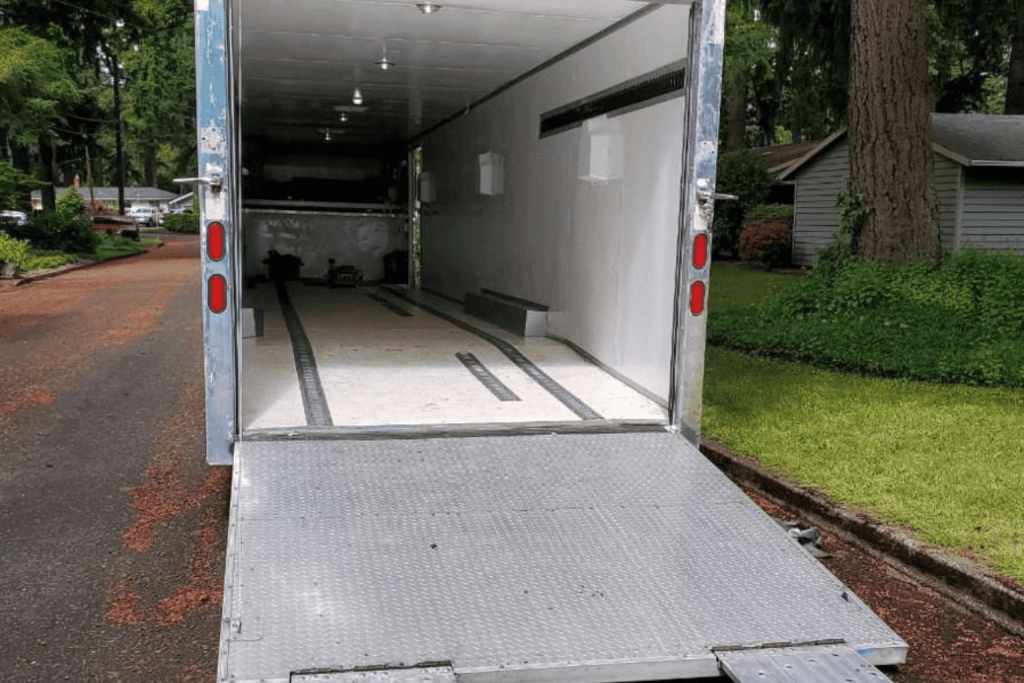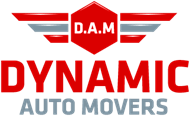Choosing Between Equipment Lift Gates and Race Ramps for Enclosed Transport

Transporting equipment enclosed within a vehicle requires careful consideration of loading and unloading methods. Two popular options for this purpose are equipment lift gates and race ramps. Both have their advantages and drawbacks, and the choice between the two depends on various factors such as the type of equipment, frequency of use, and budget constraints. In this article, we will explore the features of equipment lift gates and race ramps to help you make an informed decision.
Equipment Lift Gates
Equipment lift gates are hydraulic or mechanical platforms attached to the rear of a vehicle. They are designed to lift heavy loads from the ground to the bed of a truck or trailer, facilitating easy loading and unloading. Here are some key considerations when evaluating equipment lift gates:
- Capacity: Lift gates come in various weight capacities, ranging from a few hundred pounds to several thousand pounds. It’s crucial to choose a lift gate that can handle the weight of your equipment.
- Ease of Use: Lift gates are generally user-friendly, with controls that allow for smooth and controlled lifting and lowering. This can be particularly advantageous when dealing with heavy or delicate equipment.
- Versatility: Some lift gates offer additional features such as tilt or slide functions, enhancing their versatility. This can be beneficial when dealing with equipment that requires a specific loading angle.
- Installation and Maintenance: Lift gates usually require professional installation, and regular maintenance is essential to ensure their continued reliability. Budget considerations should include both the initial cost and ongoing maintenance expenses.
Race Ramps
Race ramps are lightweight, portable ramps designed to provide a gradual incline for vehicles or equipment to be driven onto or off of a trailer. Here are some factors to consider when evaluating race ramps:
- Weight and Size: Race ramps are typically lightweight and easy to handle. They are available in various sizes and configurations, allowing users to choose ramps that suit the dimensions and weight of their equipment.
- Portability: One of the main advantages of race ramps is their portability. They can be easily transported and stored, making them a convenient option for those who need a solution for occasional use.
- Ground Clearance: Race ramps are designed to provide a gradual slope, ensuring that vehicles or equipment with low ground clearance can be loaded without scraping or damage.
- Material and Durability: Race ramps are often made of durable materials such as high-density foam or reinforced plastic. This ensures longevity and the ability to withstand the weight and impact of heavy equipment.
Choosing the Right Option
The decision between equipment lift gates and race ramps depends on your specific needs and circumstances. If you frequently transport heavy equipment and require a reliable, efficient, and versatile solution, an equipment lift gate might be the better choice. On the other hand, if portability and occasional use are your primary considerations, race ramps offer a lightweight and cost-effective alternative.
Ultimately, it’s essential to assess your equipment, transportation requirements, and budget constraints before making a decision. Additionally, consulting with auto transport companies in the industry can provide valuable insights and help you choose the option that best aligns with your needs.
